When we think of birdsong, we usually picture peaceful early mornings, a soundtrack to sunrises and dewy gardens.
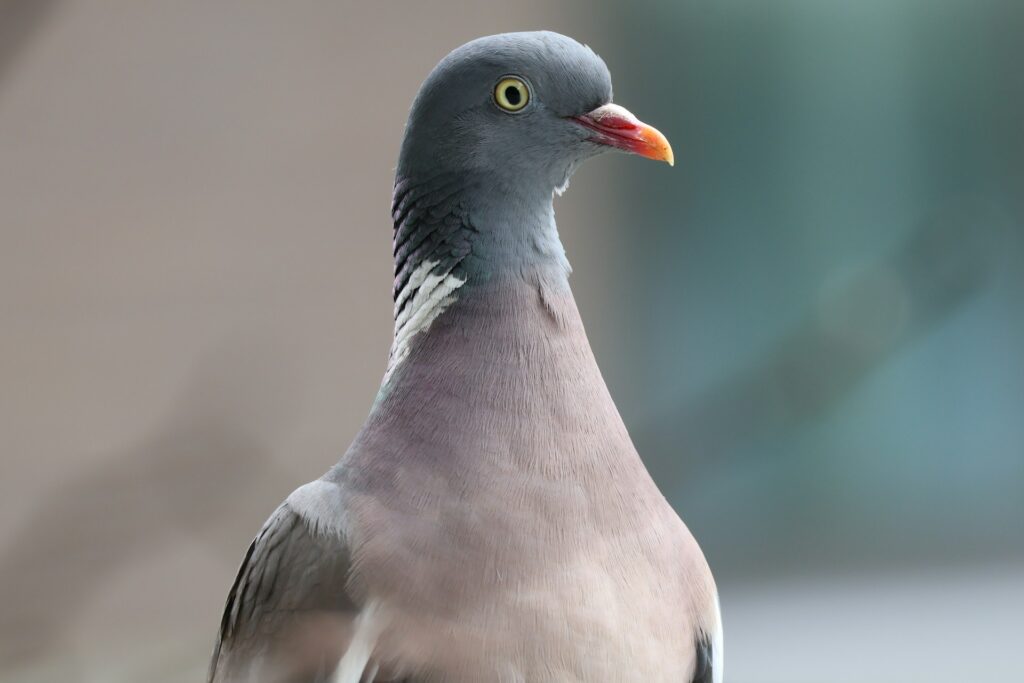
However, not all birds stick to that schedule. In fact, plenty of our feathered neighbours in Britain keep the tunes going well after dark—sometimes all night long. Whether they’re defending territory, drawn in by artificial lights, or simply can’t help themselves, these night singers might just surprise you next time you’re out for an evening stroll.
1. Robin
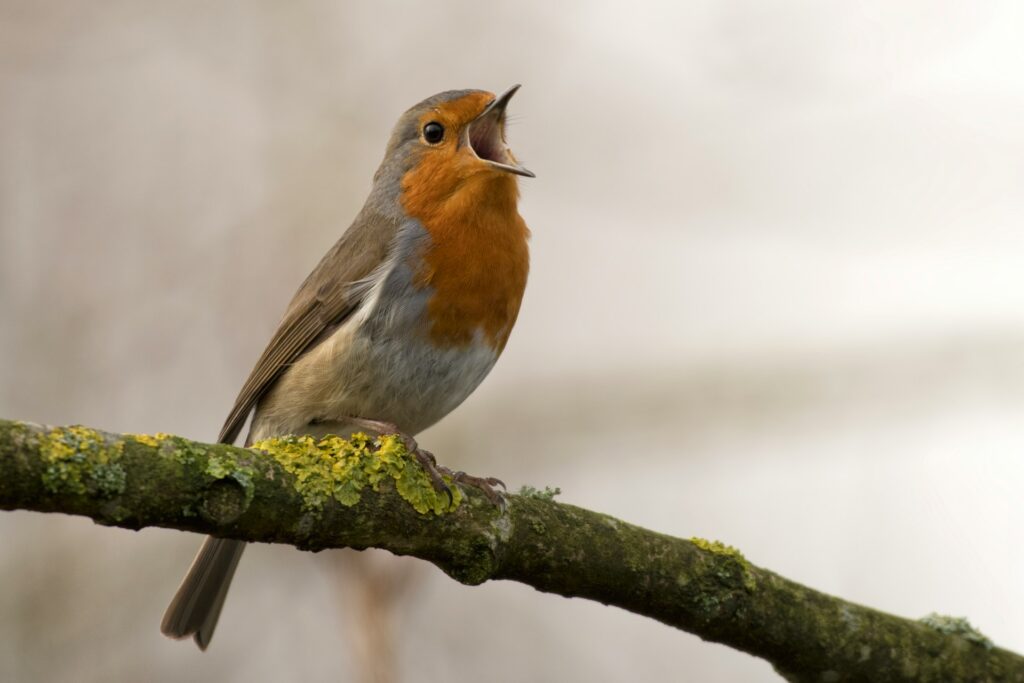
That sweet, familiar song you hear in the dark? It’s probably a robin. Unlike most birds, robins sing all year round, and many keep going at night, especially in towns and cities. They’re heavily influenced by streetlights and artificial glow, which tricks them into thinking it’s still daytime. So, if you’ve ever paused under a lamp post and heard a gentle trill, odds are it’s one of these red-breasted charmers.
2. Song Thrush
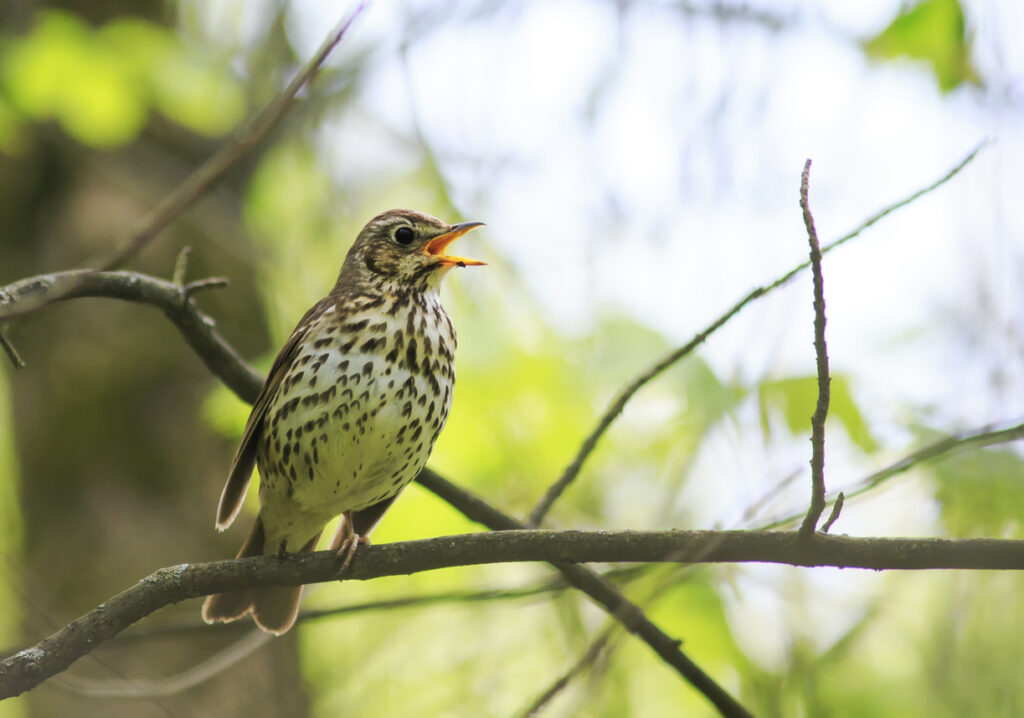
Known for repeating phrases in a clear, flute-like tone, the song thrush doesn’t always stick to daylight hours. Males can sing before dawn and long into dusk, especially in spring. They’re particularly persistent when trying to attract a mate, sometimes bursting into song under moonlight as if auditioning for a BBC wildlife special.
3. Blackbird
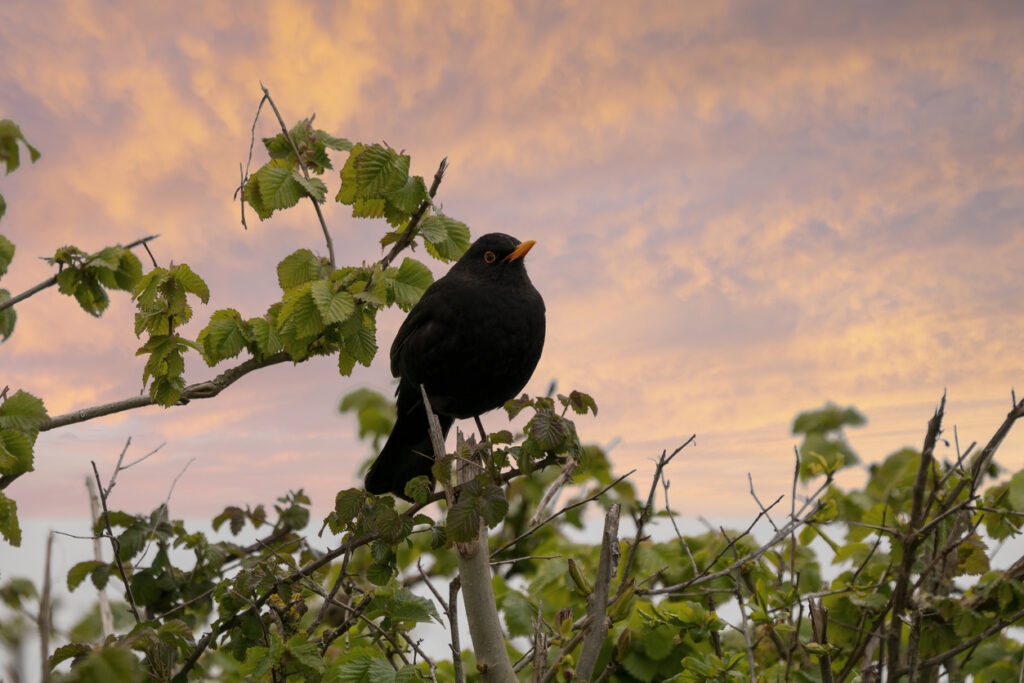
Blackbirds are renowned for their rich, mellow song, and some will happily keep performing after sunset, especially in urban areas with good lighting. They’re among the earliest risers and latest singers, meaning they can turn up in both your dawn chorus and your midnight soundtrack.
4. Nightingale

If you’re lucky enough to hear one, it’s unforgettable. Nightingales are shy and rare in the UK, but their song is loud, dramatic, and often delivered in total darkness. They favour dense scrub and woodland, particularly in southern England, and belt out their intricate tunes from April to early summer. It’s like hearing an opera from the bushes.
5. Tawny Owl

Not a songbird, technically, but tawny owls have one of the most recognisable nighttime calls in Britain—the classic “twit-twoo.” It’s actually a duet between a male and female. These calls serve as territory markers and love songs, echoing through woodlands and occasionally suburban parks, reminding us we’re never far from the wild.
6. Wood pigeon
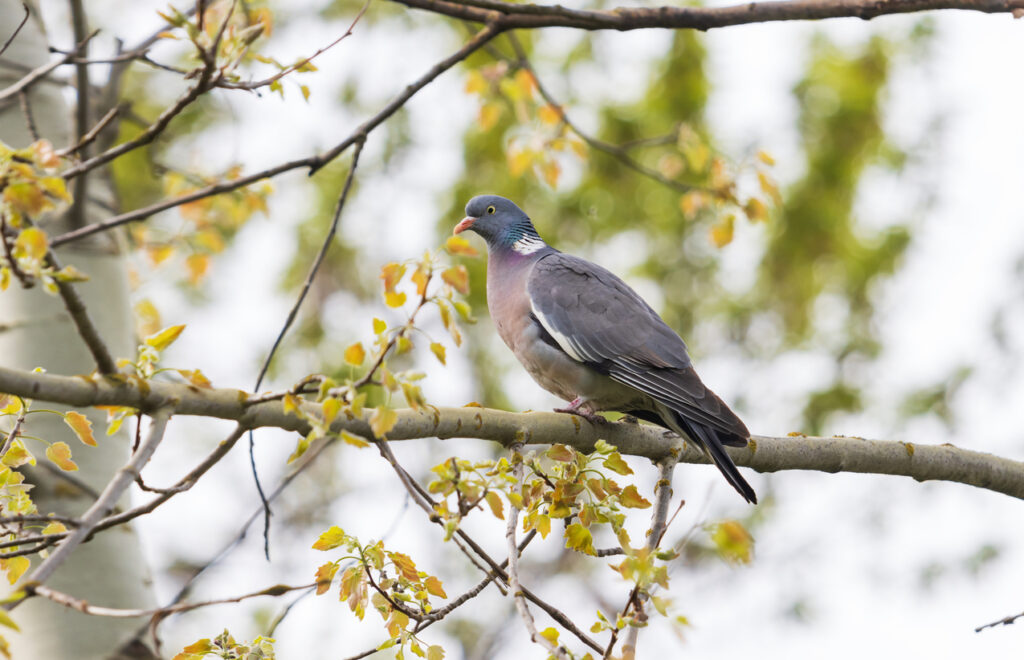
That repetitive cooing you sometimes hear in the early hours? Wood pigeon. While they’re mostly day birds, their soft murmurs can creep into the evening or pop up under streetlights. It’s not exactly a musical masterpiece, but it’s oddly comforting in its own low-key, sleepy way.
7. Wren
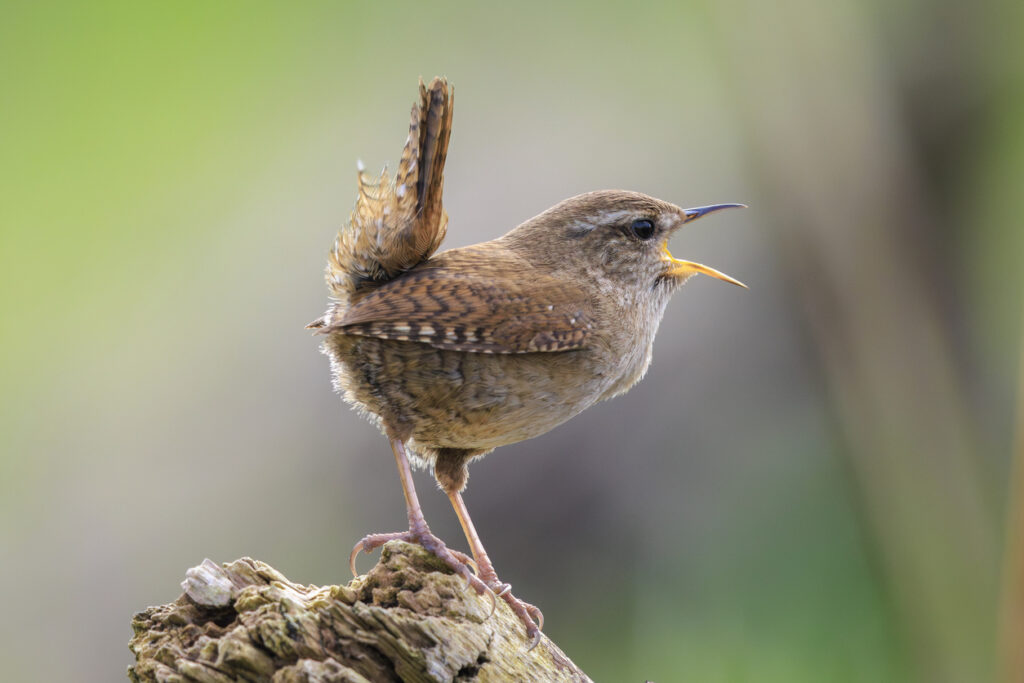
For such a tiny bird, the wren’s voice is unexpectedly fierce. They’re known to sing well into the evening, especially when the weather’s warm and breeding season is in full swing. Their song is fast, bubbly, and relentless—like a tiny bird on espresso—and once you tune into it, you’ll start hearing it everywhere.
8. Dunnock
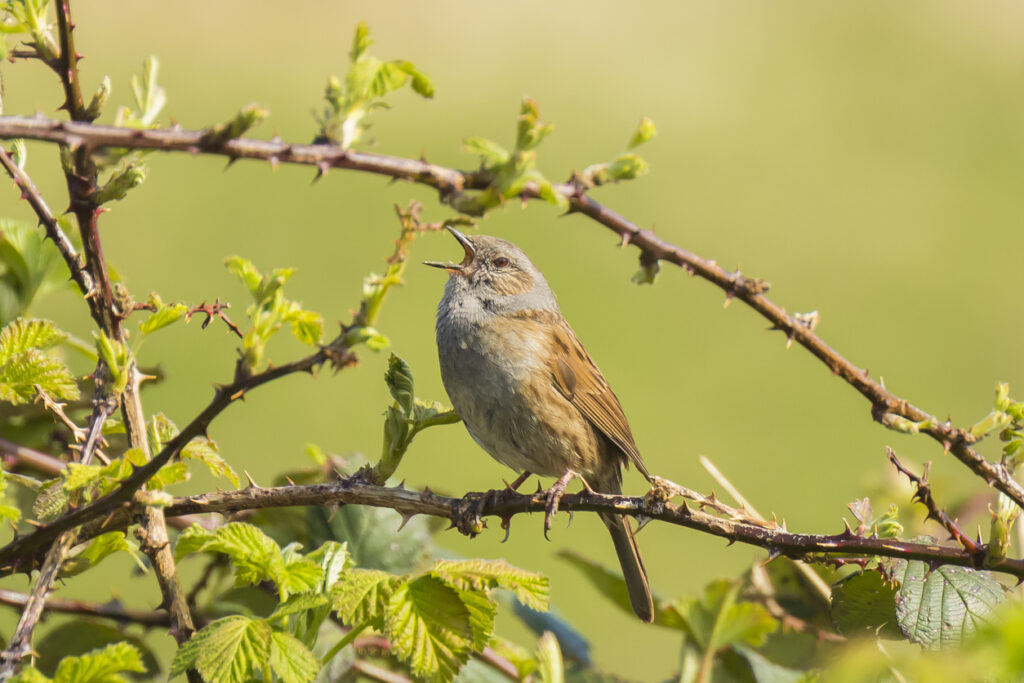
Often mistaken for a sparrow, the dunnock’s subtle appearance hides a surprisingly sweet and flutey song. These birds are known to sing during crepuscular hours—right before sunrise and after sunset. They tend to keep to themselves and favour hedgerows and quiet corners, but their gentle twilight tune gives them away if you’re paying attention.
9. Redwing
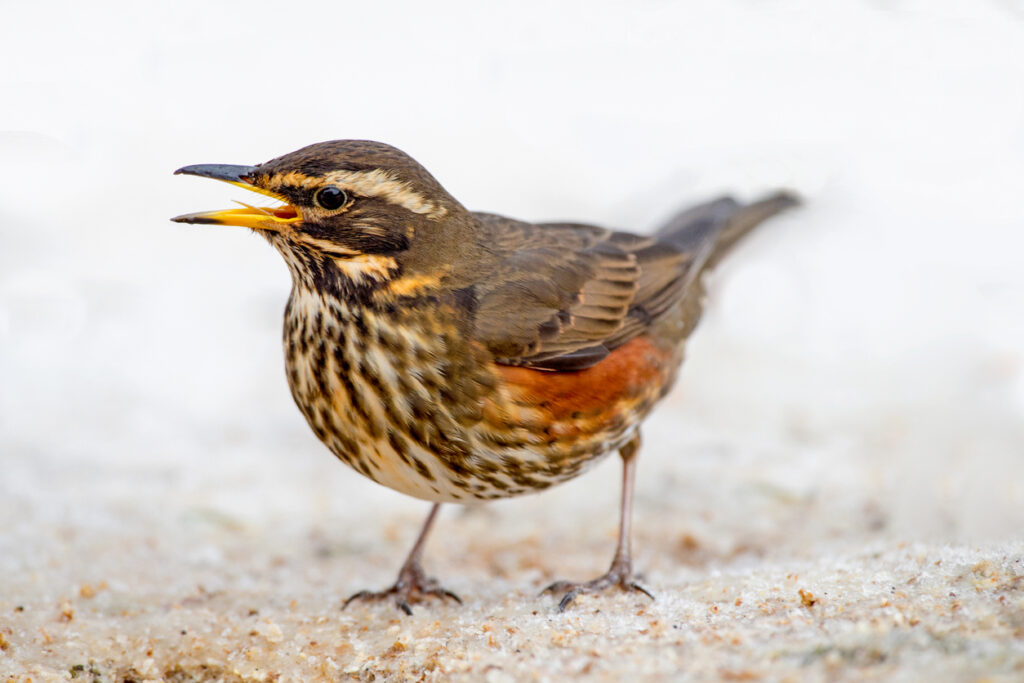
Redwings are winter visitors to the UK, and one of the only thrush species whose call can often be heard at night in migration season. It’s a high-pitched “seep” that cuts through the dark. Though not melodic like a robin or blackbird, the sound has its own haunting charm—especially if you’re outside on a frosty evening and catch that distant squeak overhead.
10. Skylark
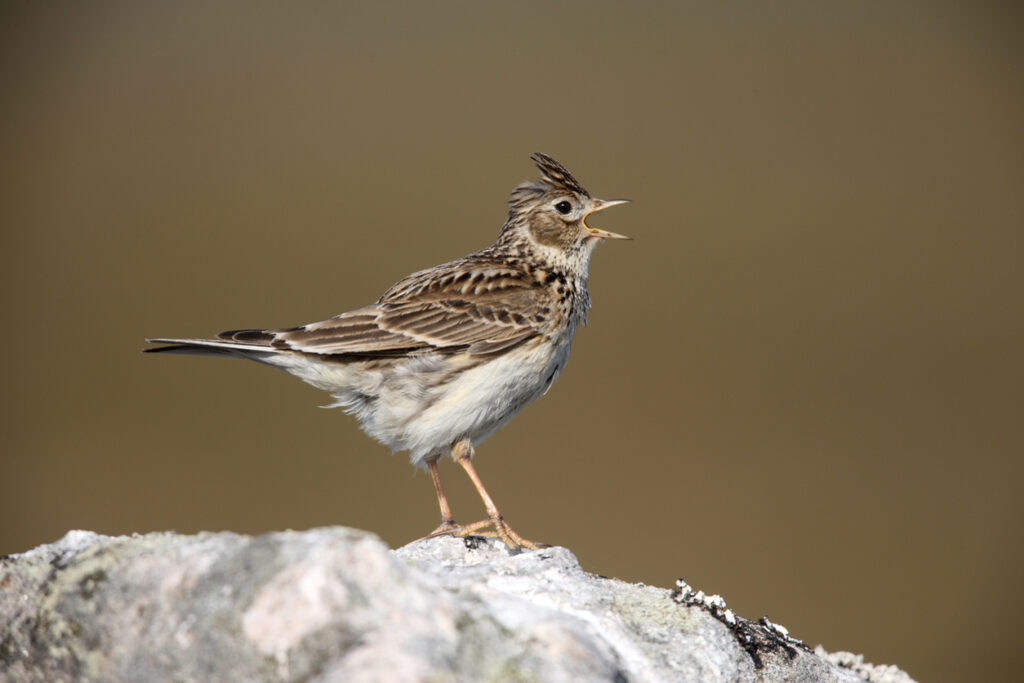
Famous for their fluttery, sky-high songs during the day, skylarks can also be heard at dusk or in the very early morning, especially in remote, open countryside. It’s less common to hear them sing at full night, but when they do, it’s a real treat—a bubbling, endless stream of melody tumbling out of the sky.
11. Sedge Warbler
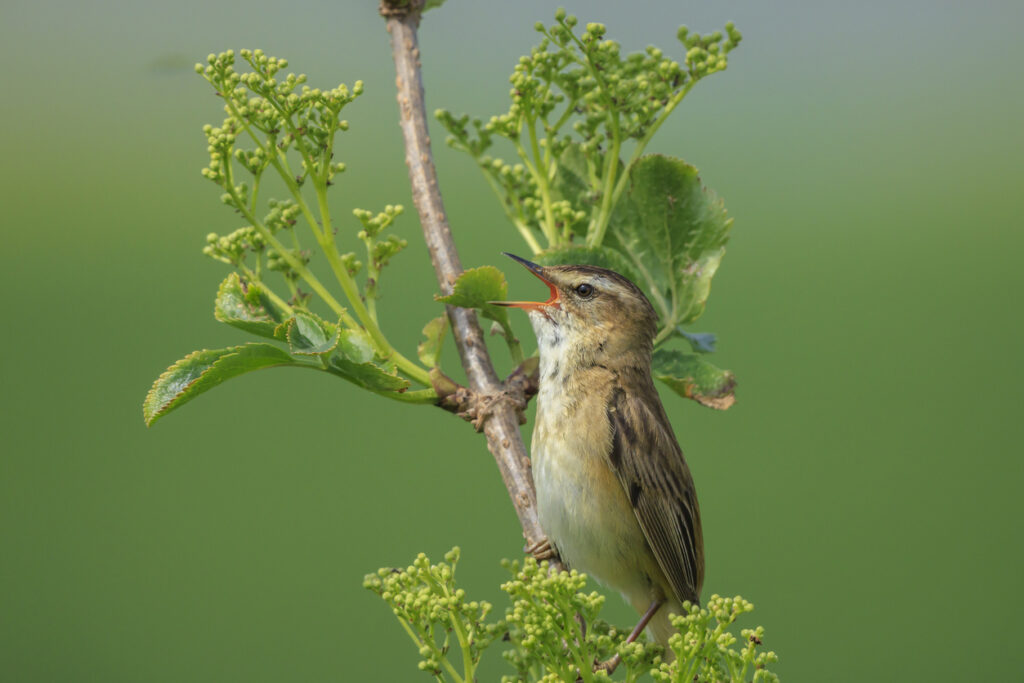
Sedge warblers are chatty, restless birds that don’t care much for bedtime. Their song is a chaotic mix of notes and mimicry, often delivered from the depths of reeds well after sunset. They’re especially active during spring, when their noisy displays help them attract mates. Think of them as the jazz musicians of the bird world.
12. Cetti’s Warbler
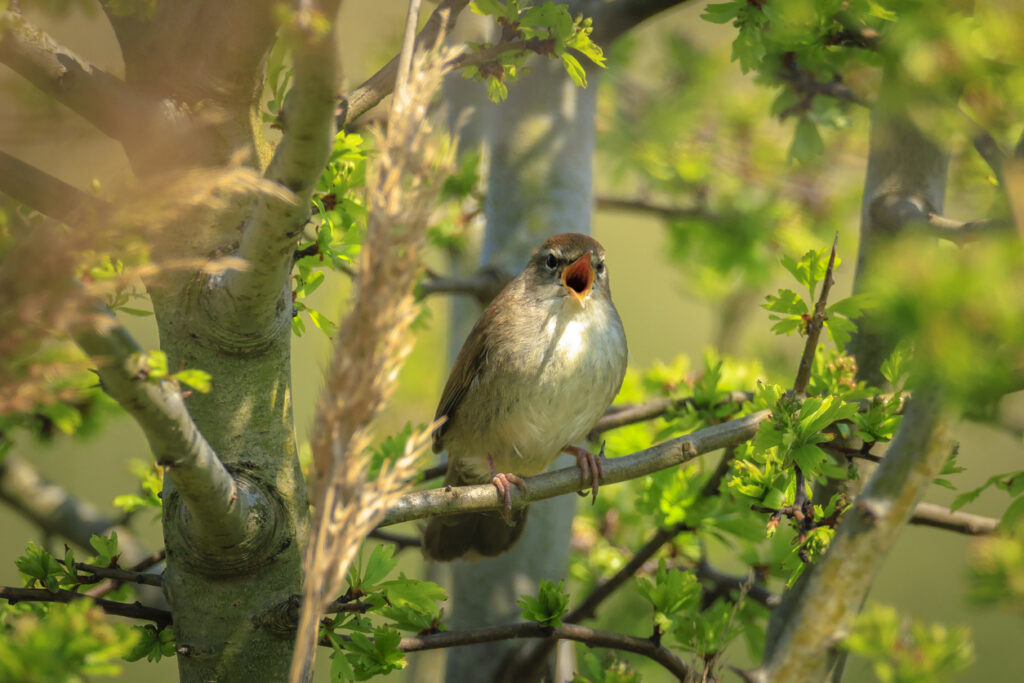
Cetti’s warblers are elusive, explosive songsters that seem to shout rather than sing. They tend to deliver their sharp bursts even in the quiet of evening, startling walkers who never saw them coming. They’re incredibly hard to spot but very easy to hear—especially near rivers, canals, or marshland where they like to hide and surprise you with sound.
13. Collared Dove
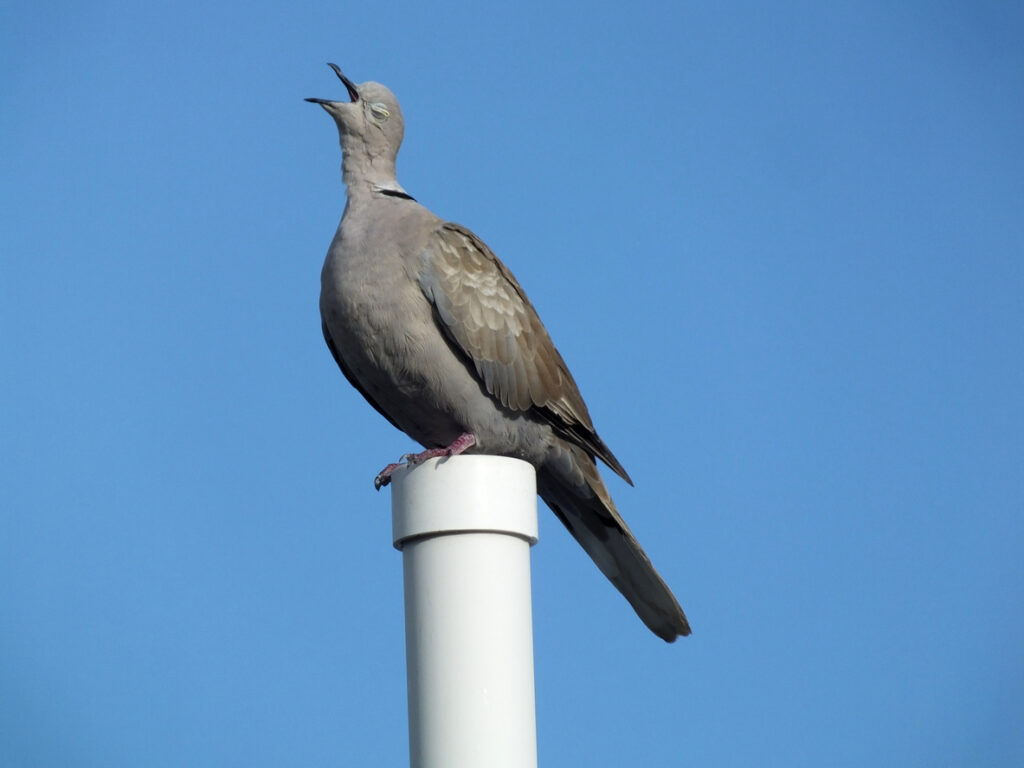
Another bird that’s not winning any awards for musicality, but the collared dove’s three-note “coo-coo-coo” can extend into the night, especially during the warmer months. They’ve adapted well to urban life, and like wood pigeons, sometimes mistake artificial lights for daylight, giving them more hours to broadcast their love songs.